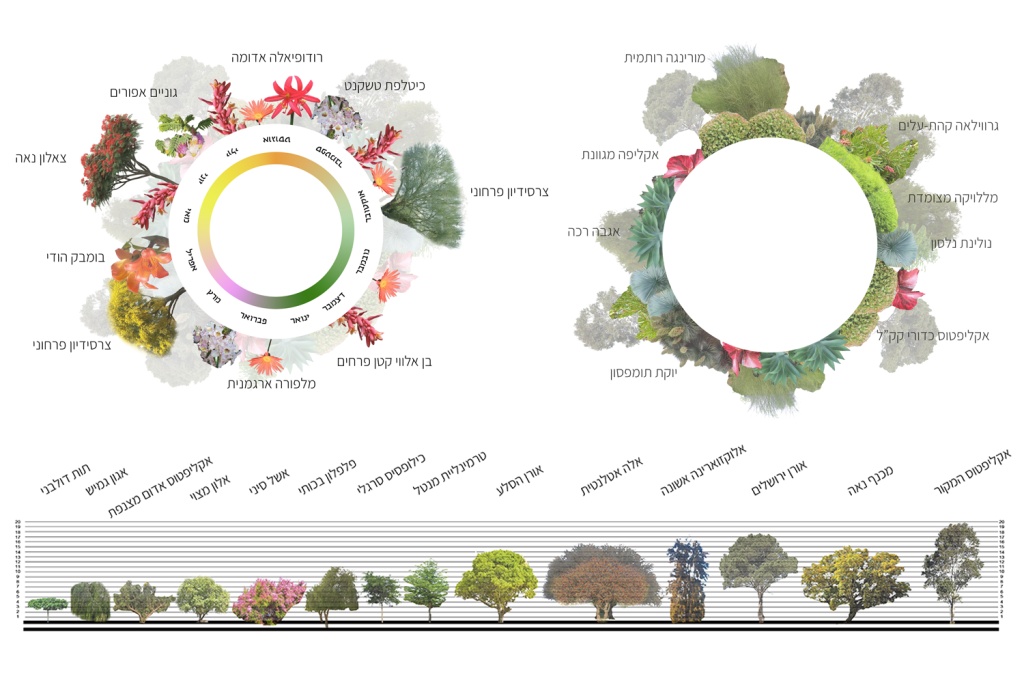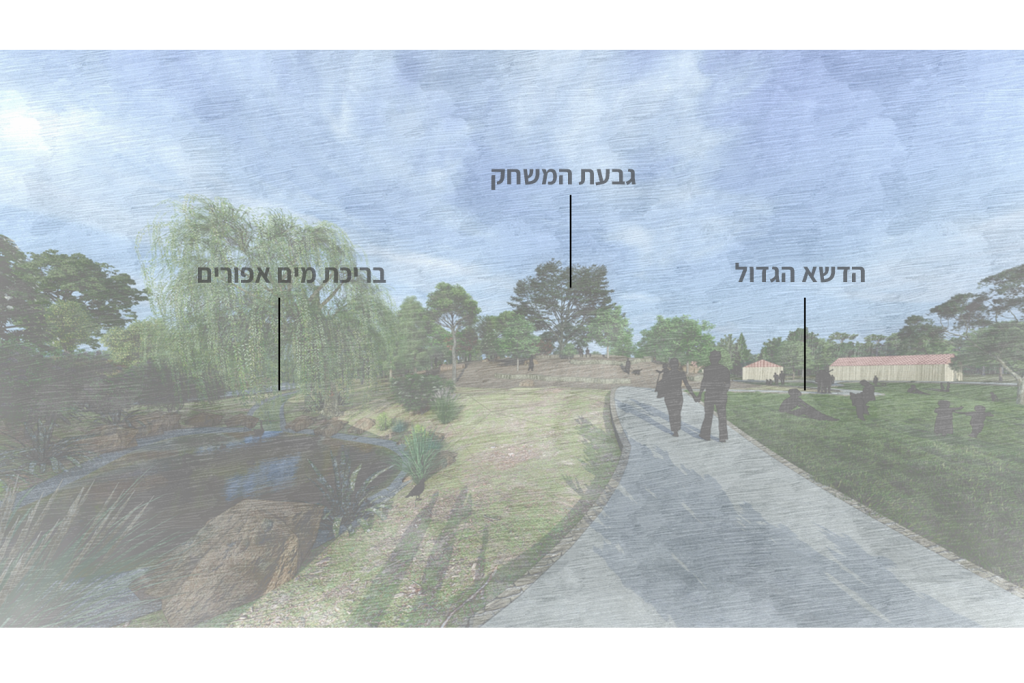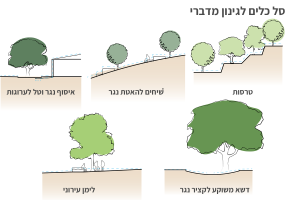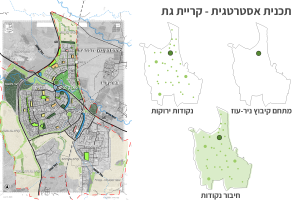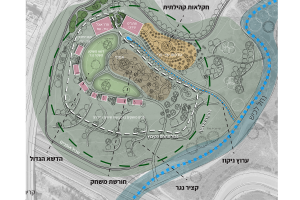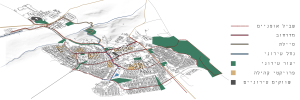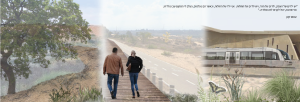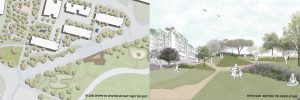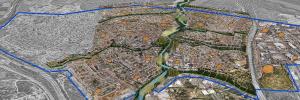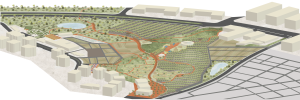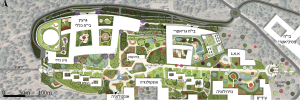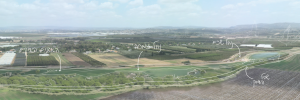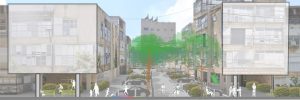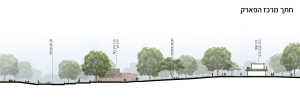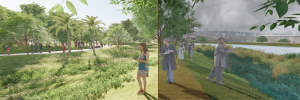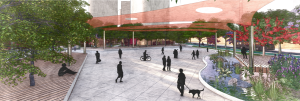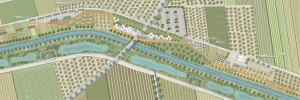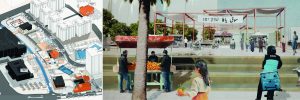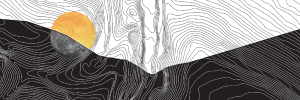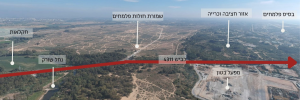The Green Point
How can comfort be found within the painful reality of the kibbutzim in the Gaza envelope, which have suffered great devastation and are now displaced from their homes? For these communities, the kibbutz’s greenery serves as a beacon of hope and symbolizes home. Since their establishment, the kibbutzim of the Western Negev have stood as symbols of experimental innovation, ecology, and community. In 1976, gardener Ran Pauker founded the botanical garden “Green Point” in Nir Oz as an “ecological desert oasis,” using revolutionary methods to turn the desert green.
While the return of the residents of Nir Oz to their homes is not yet in sight, the community has temporarily relocated to the “Karmei Gat” neighborhood in Kiryat Gat. This move highlights the contrast between the green and shaded spaces of the kibbutz and the “urban desert” that characterizes new high-rise neighborhoods. The kibbutz landscaping reflects a unique Israeli style, which perceives the entire space as part of the “landscape garden,” and serves as more than just gardening – it is the community’s beating heart. This style integrates greenery seamlessly into the space, creating a sense of home and community, thereby challenging conventional urban planning which often creates a dichotomous separation between “residential areas” and “urban parks”, and is therefore unsuited to arid regions.
The project aims to create a “Green Point” for the Nir Oz community in Kiryat Gat: An immediate, temporary response that will provide a communal kibbutz space in the heart of the city, inspired by the ecological gardening principles of “Green Point”, while simultaneously serving as a model for the sustainable development of open spaces in Kiryat Gat, making them more community-oriented. This model could be used as a guide for planning sustainable community open spaces in other cities in Israel. The project stands as a testament to the community resilience of Nir Oz and the longing to return home. It symbolizes the community’s ability to renew and grow even under difficult conditions, and demonstrates how the principles of kibbutz public space planning can serve as a tool for fostering vibrant community life, also in an urban environment.




